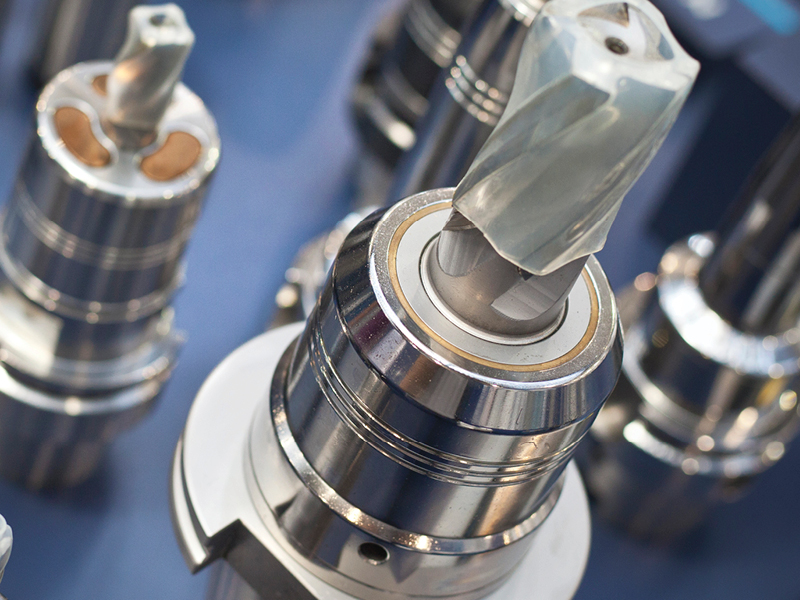Carbide Burrs Make Smaller, Granular Chip Breaks
Designed for surface removal on demanding production runs, Saint-Gobain Abrasives’ line of Norton double-cut carbide burrs is said to last longer with fewer change-overs on challenging production applications.
Designed for surface removal on demanding production runs, Saint-Gobain Abrasives’ line of Norton double-cut carbide burrs is said to last longer with fewer change-overs on challenging production applications. The hardness of the tungsten carbide substrate, stronger tooth formulation due to decreased tooth wedge angle and numerous cutting edges provide extended service life and better stock removal performance, according to the company. The company also says that the tool achieves smaller, granular chip breaks on hard-to-grind workpieces.
The carbide burrs are designed for removing surface stock and weld splatter, deburring and chamfering applications, and light to medium cleaning. Tool geometries are said to meet the demands for stainless steel, steel, cast steel and composites applications. The burrs perform well at higher temperatures and can be used longer than high-speed steel tools, says the company.
The burrs can be used with handheld tools such as the Norton pneumatic die grinder or on CNC machine tools. The line of burrs includes 30 different tools and is offered in seven types including:
- SA cylindrical without end cut
- SB cylindrical with end cut
- SC ball-nosed cylindrical
- SD ball shape
- SF ball-nosed tree
- SG tree with taper
- SL ball-nosed cone style
The company also offers a kit with the most popular five burr types for smaller job requirements.
RELATED CONTENT
-
Choosing The Best Drill Point Geometry
The more common twist drill point geometries often are not the best for the job at hand. By choosing the best point for the material being drilled, it is possible to achieve better tool life, hole geometry, precision, and productivity.
-
Machining Dry Is Worth A Try
Reducing cutting fluid use offers the chance for considerable cost savings. Tool life may even improve.
-
Drill And Bore With A Face Mill
Cutting holes by interpolating a face milling cutter may be a better process choice for many rough and even finish boring operations. Software improvements and better cutter designs allow expanding use of the versatile face mill for hole making.








 (1).1676494398075.png)

